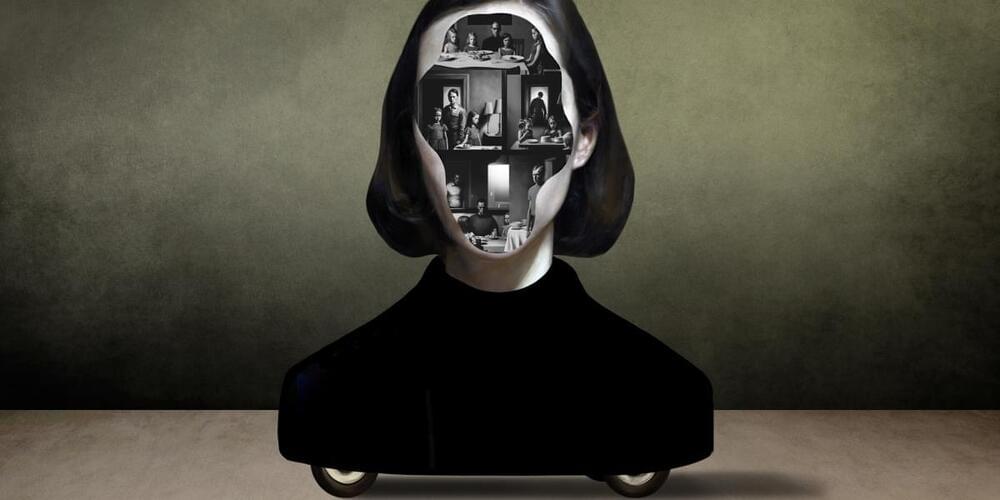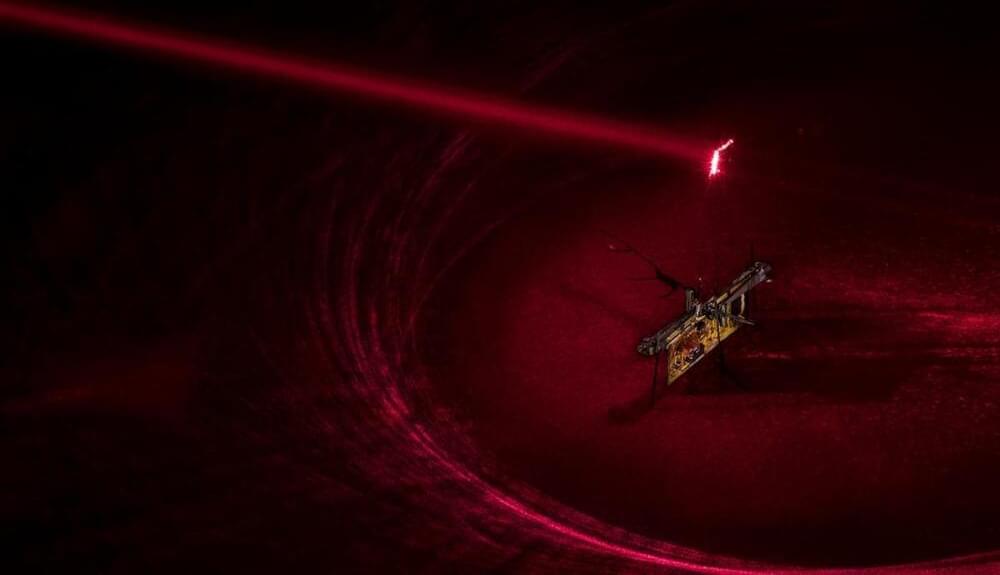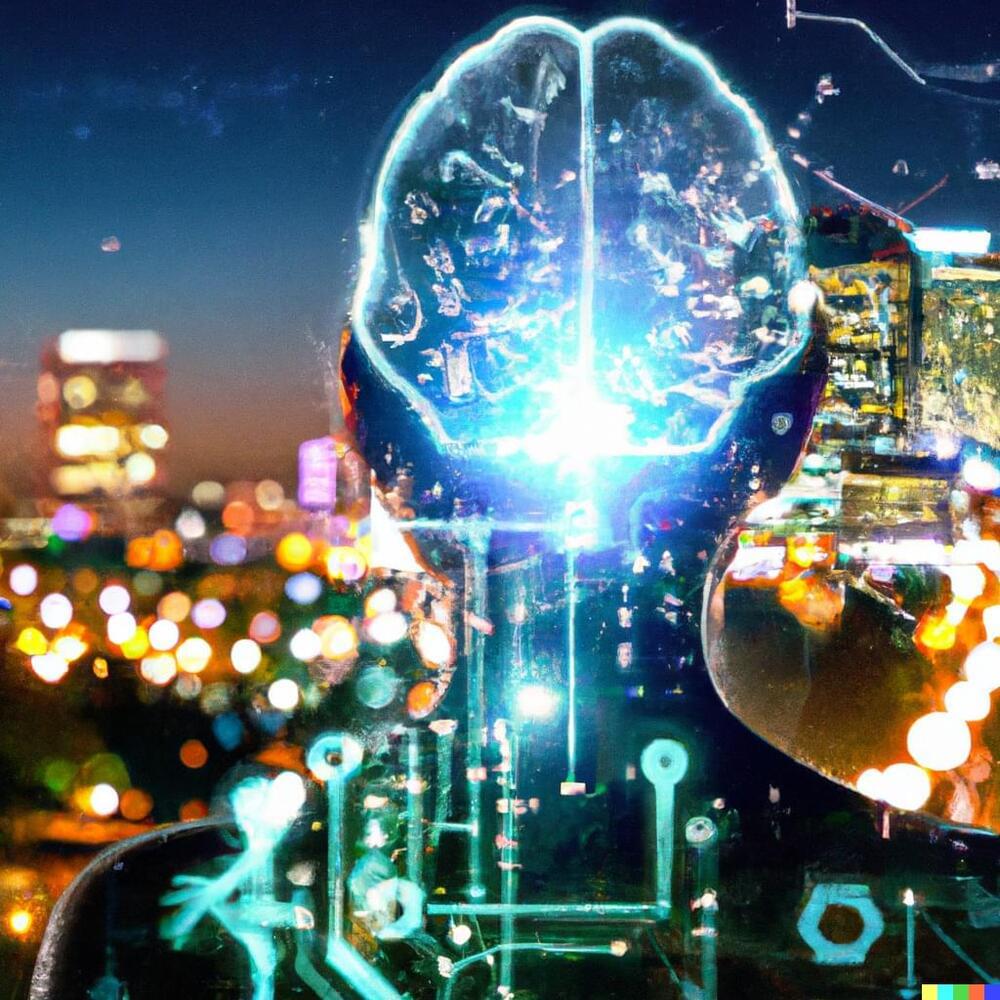As we look back at VentureBeat’s top AI stories of the year, it’s clear that the industry’s advances — including, notably, in generative AI — are vast and powerful, but only the beginning of what is to come.
For example, OpenAI, the artificial intelligence research lab behind AI tools that exploded this year, including DALL-E 2 and ChatGPT, debuted buzzed-about advancements that drew attention from the general public as well as the tech industry. DALL-E’s text-to-image generation and ChatGPT’s new capabilities to produce high-quality, long-form content made creatives question whether they will soon be out of a job — and who owns the content these tools are creating anyway?
Meanwhile, the next iteration of advancements may not be far off for OpenAI. This fall, Ray, the machine learning technology behind OpenAI’s large-scale operations, debuted its next milestone: Ray 2.0. The update will operate as a runtime layer and is designed to simplify the building and management of large AI workloads, which will allow companies like OpenAI to make even greater strides in 2023.





